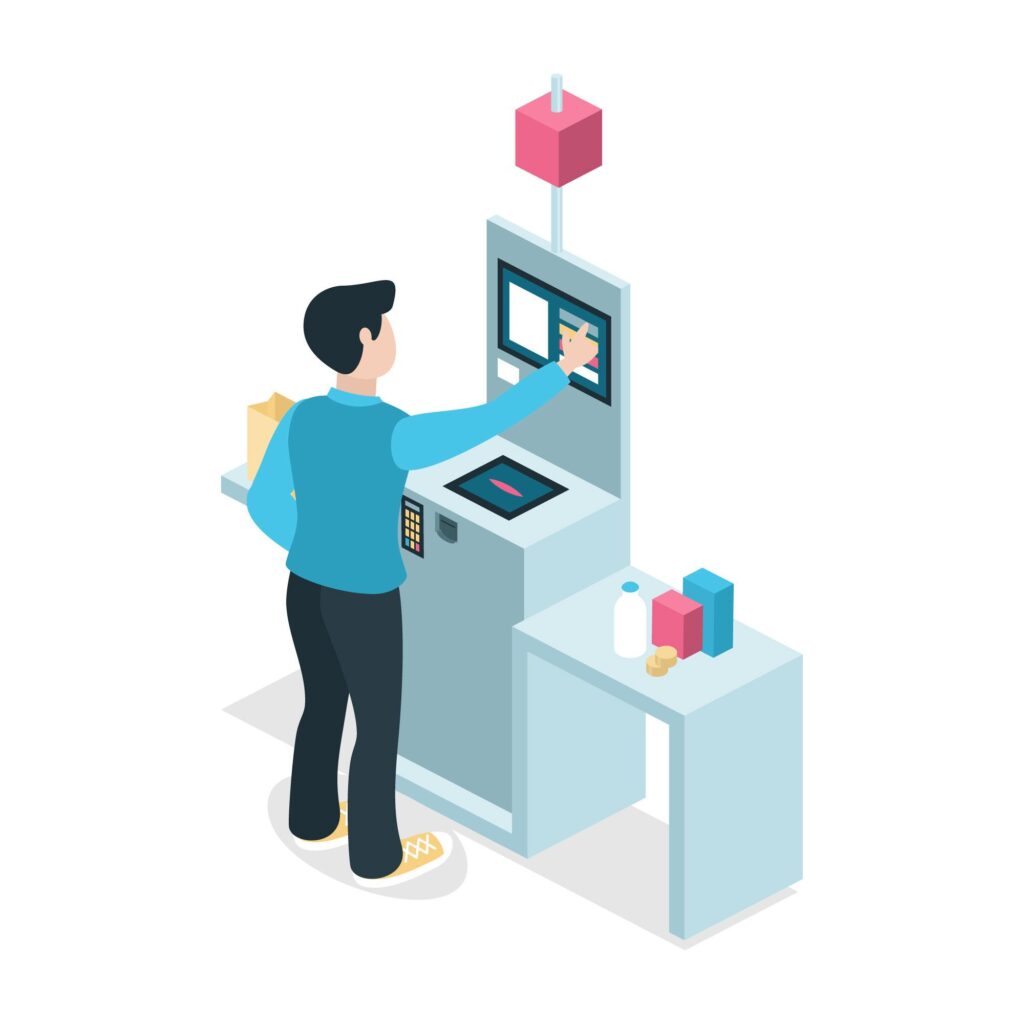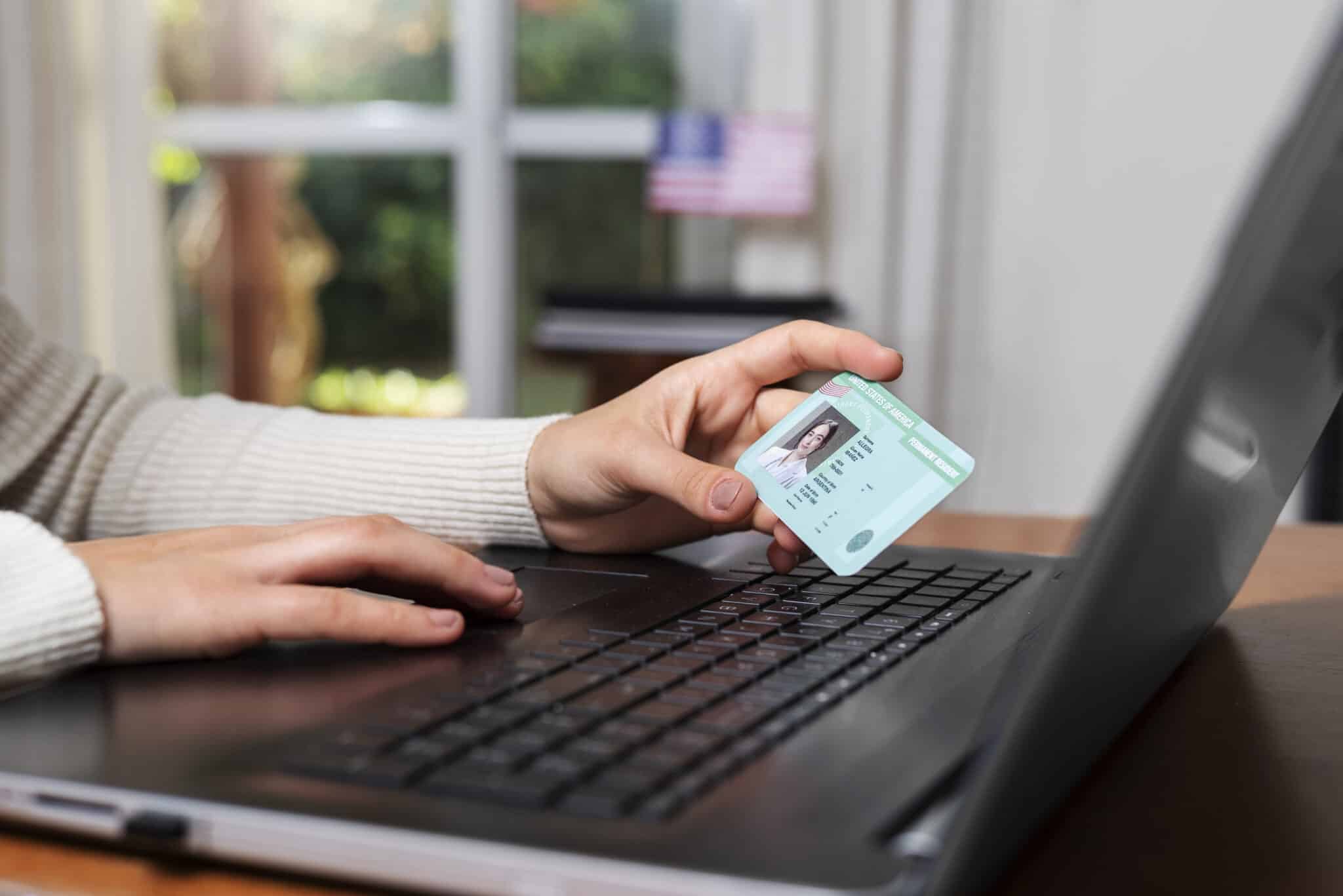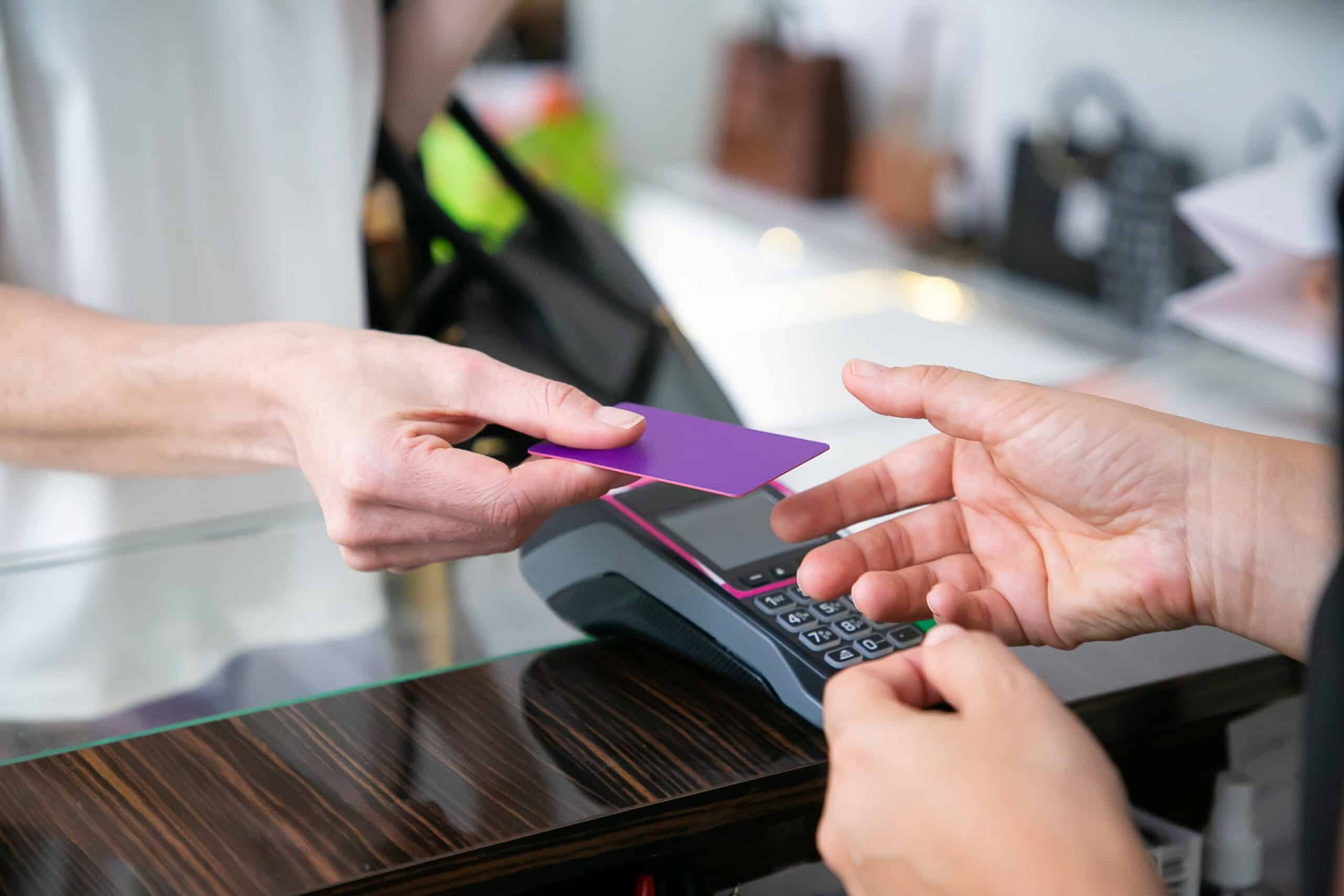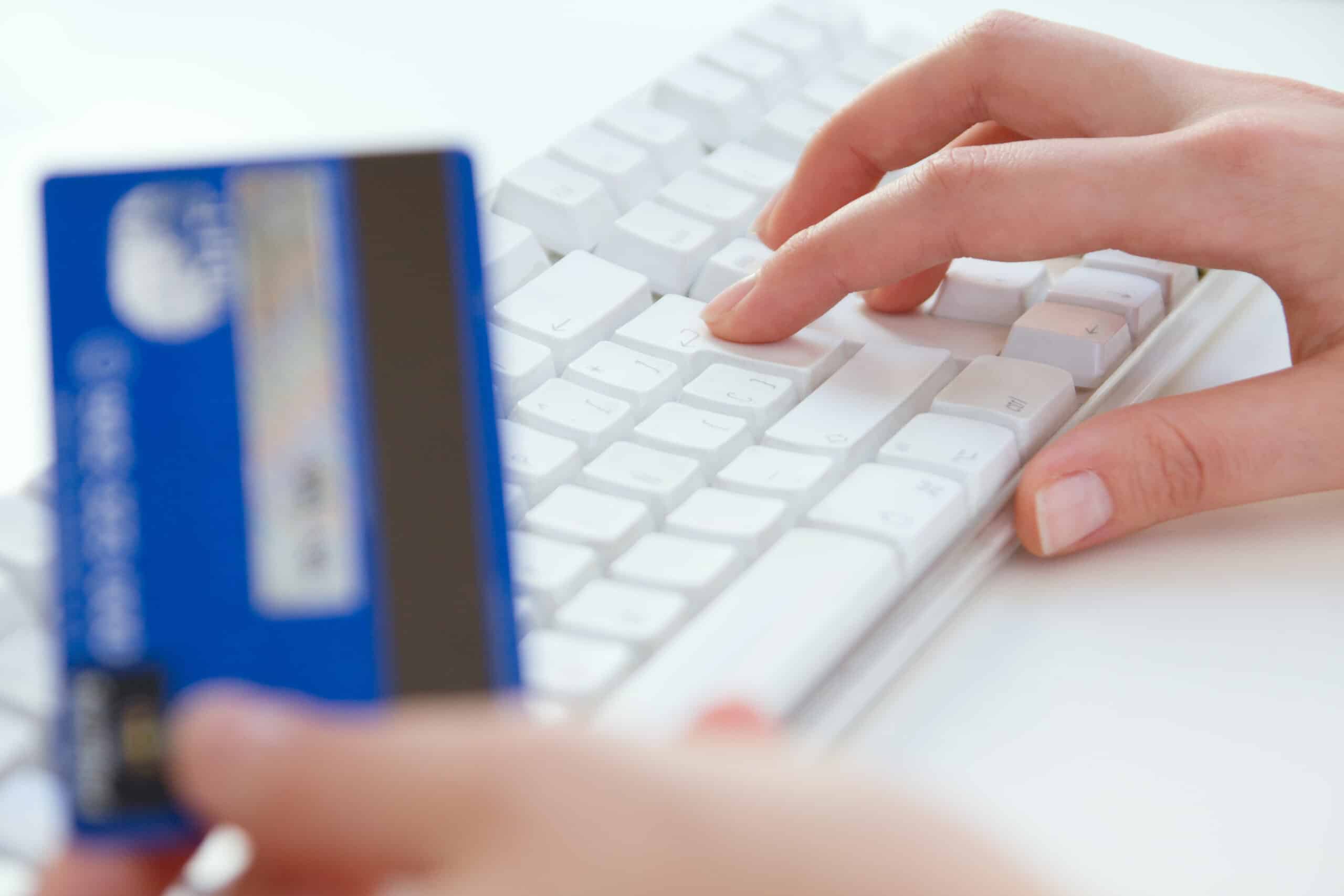Bank Identification Number Checker The Key To Secure Transactions

In the current digital landscape, it is essential to prioritize the security of online transactions. A fundamental tool for upholding this security is a Bank Identification Number (BIN) Checker. The functionality of a BIN Checker, the data it can supply, and its role in thwarting fraud are all topics of exploration. Additionally, the various categories of BIN Checkers, strategies for their efficient utilization, and their constraints are deliberated. Understanding the safeguarding of personal information and the assurance of transaction security is crucial. Also, BIN checker is the key to secure transactions.
How does a Bank Identification Number Checker work?
A Bank Identification Number Checker, commonly referred to as a BIN Checker, operates by examining the Bank Identification Number (BIN) contained in a card number to confirm and validate transactions. It employs specific algorithms to compare the BIN with a database to authenticate the card issuer, issuing bank, and other pertinent details.
This verification process is critical for identifying and preventing fraudulent activities, as it guarantees the validity and security of the transaction. Additionally, by verifying the BIN, the BIN Checker can determine the card’s country of origin, card type, and even the card brand. This information is important for merchants and financial institutions to make informed choices regarding payment acceptance and to protect against potential risks.
The BIN database, consistently updated with new data, plays a vital role in upholding the integrity of online and offline transactions by enabling swift and precise verification of card information.
What information can you get from a BIN Checker?
A BIN Checker offers essential information based on the Bank Identification Number (BIN) of a card, providing details about the card issuer and the issuing bank. By examining the initial digits of a card number, a BIN Checker can pinpoint the financial institution linked to the card.
This information is valuable for merchants and businesses to validate transactions and deter fraudulent activities. Knowing the card issuer enables them to verify the card’s legitimacy and ensure smooth payment processing. The details of the issuing bank obtained through a BIN Checker assist in evaluating the risk level associated with a transaction. Additionally, by comparing this data, businesses can identify suspicious transactions and implement necessary measures to protect against fraudulent charges and unauthorized use.
How accurate is a BIN Checker?
A BIN Checker is known for its high accuracy in the verification process, utilizing advanced data analysis techniques and encryption methods to ensure the reliability of the information retrieved. Additionally, by cross-referencing the BIN with secure databases, a BIN Checker can provide precise details about the card and its issuer.
The encryption methods used by BIN Checkers play a significant role in enhancing the security of the verification process. Through the implementation of robust encryption algorithms, sensitive cardholder data is protected against unauthorized access, ensuring that the information remains confidential and secure.
This level of encryption not only safeguards the cardholder’s information but also improves the overall reliability of the verification process, instilling confidence in both merchants and customers regarding the accuracy and security of transactions.
Why is a BIN Checker important for secure transactions?
A BIN Checker is an important tool in enhancing fraud prevention measures and strengthening the security of payment processing systems to ensure secure transactions. It helps in detecting and preventing fraudulent activities by verifying the authenticity of card details through the Bank Identification Number.
Using BIN Checkers not only enhances the security of transactions but also helps in building trust among merchants and customers. By integrating with payment gateways and online platforms, BIN Checkers allow real-time validation of card information, reducing the risk of unauthorized transactions. Their effectiveness in identifying suspicious activities and potential risks provides an additional layer of protection, safeguarding both businesses and consumers from financial losses and reputational damage.
How does a BIN Checker help prevent fraud?
A BIN Checker plays a role in preventing fraud by verifying card details during transactions to ensure proper authorization and validation. By detecting any discrepancies or suspicious activities associated with the Bank Identification Number, BIN Checkers help reduce fraudulent transactions and discourage fraudulent activities effectively.
This tool serves as a gatekeeper, acting as the initial line of defense against unauthorized transactions by confirming the accuracy of card information. BIN Checkers are integral to the strong security framework of financial transactions, aiding in upholding the integrity of online payments. By promptly identifying irregularities or inconsistencies in the BIN data, these checkers significantly contribute to the proactive monitoring and prevention of potential fraud, protecting both businesses and customers from financial harm.
How can a BIN Checker protect your personal information?
A BIN Checker provides protection for personal information by verifying the identity linked to card details, improving data security through a secure platform. By confirming the accuracy of cardholder information, BIN Checkers assist in preventing identity theft and ensuring secure transactions.
Given the increasing prevalence of online transactions and digital payment methods, ensuring the security of personal data has become paramount. BIN Checkers play a critical role in this regard by effectively confirming card information against a database of known identifiers. This verification process aids in validating the legitimacy of the cardholder, thereby minimizing the risks associated with fraudulent activities. The capability of BIN Checkers to cross-verify card details not only strengthens security protocols but also fosters user confidence when engaging in online purchases.
What are the different types of BIN Checkers?
There are different types of BIN Checkers available, including Online BIN Checkers, Offline BIN Checkers, and API BIN Checkers, each offering specific advantages based on their functions and use cases.
Online BIN Checkers are web-based tools that allow users to enter a BIN number into a search bar on a website to instantly retrieve information. They are convenient for quick checks without requiring any software installation.
On the other hand, Offline BIN Checkers are software applications that can be downloaded and installed on a local machine, providing a more secure solution for organizations dealing with sensitive data.
API BIN Checkers offer seamless integration with existing systems, enabling automated verification processes for e-commerce platforms and payment gateways. Hence, BIN key to secure transactions.
1. Online BIN Checkers
Online BIN Checkers, web-based tools, are designed for real-time verification of card details during online transactions. They seamlessly work together with payment gateways to ensure secure digital transactions and provide immediate insights into card authenticity and issuer information, improving the efficiency of online payment processes. By validating the Bank Identification Number (BIN) of a card, the team helps prevent fraudulent activities during online payments.
They confirm the accuracy of the card details provided by users, reducing the likelihood of failed transactions and ensuring smoother payment experiences. Online BIN Checkers also assist merchants in adhering to industry regulations and security standards by identifying suspicious transactions and potential risks, thereby enhancing transaction security. Their integration with digital payment gateways makes the checkout process easier for customers, resulting in higher conversion rates and increased user satisfaction.
2. Offline BIN Checkers
Offline BIN Checkers are independent tools that do not rely on real-time internet connectivity. Users can verify card information offline using stored databases. These tools are useful in environments with limited internet access and prioritize data security, compliance, and effective fraud management.
Offline BIN Checkers operate autonomously from the internet, ensuring continuous functionality even when online connections are restricted or unreliable. This offline capability not only improves operational efficiency but also reduces the risk of data breaches associated with transmitting sensitive information online. The offline nature of these tools makes them well-suited for businesses handling sensitive financial data and needing to comply with regulations like PCI DSS.
Offline BIN Checkers are essential for enhancing fraud prevention strategies as they enable fast and reliable card verification processes while maintaining security.
3. API BIN Checkers
API BIN Checkers are tools that can be easily integrated into payment processing systems to enhance transaction security and authorization processes. These solutions provide developers with a straightforward way to validate card details, ensuring secure payment processing and efficient authorization procedures.
Companies can use API BIN Checkers to reduce the risks associated with fraudulent transactions. By offering real-time access to detailed BIN (Bank Identification Number) information, these tools help in promptly identifying potential fraud attempts and flagging suspicious activities.
API BIN Checkers improve transaction efficiency by allowing quick verification of card data, contributing to a seamless customer experience. Their seamless integration with payment processors and secure payment platforms makes them an essential part of modern e-commerce ecosystems, offering a strong layer of protection against cyber threats.
How to use a Bank Identification Number Checker?
Using a Bank Identification Number Checker involves a straightforward process to effectively verify card details. By following a few important steps, users can access crucial information for customer identification, payment verification, and transaction security.
To commence, users will need to enter the BIN, which consists of the initial six digits of any credit or debit card, into the BIN checker tool. These digits contain essential information about the issuing institution, card type, and country of origin.
Upon inputting the BIN, the checker promptly offers detailed insights, aiding in customer identification. The subsequent step entails examining the provided data for precise payment verification, ensuring that transactions are valid and secure. This procedure not only safeguards against fraud but also bolsters overall transaction security.
Step 1: Find a reliable BIN Checker
- The first step in using a Bank Identification Number Checker is to locate a reputable and dependable BIN Checker tool that offers comprehensive account verification services. This ensures secure payment processes and accurate BIN searches.
- A key consideration when choosing a reliable BIN Checker tool is its reputation in the industry. It is important to verify that the tool has a history of providing precise and current information to avoid payment errors. User reviews and testimonials can provide valuable insights into the tool’s dependability.
- Another critical aspect is the level of security measures integrated by the BIN Checker tool to protect sensitive transaction data. Opting for a dependable tool can help streamline payment processing operations and improve overall transaction security.
Step 2: Enter the BIN number
Once a reliable BIN Checker has been identified, the next step involves entering the BIN number from the card to begin the validation process. This ensures the accuracy of card details and security code verification for the selected payment method.
This important step helps to confirm the legitimacy of the card’s Bank Identification Number, as BINs are specific to each financial institution. As BIN key to secure transactions and by entering this number into the BIN Checker, the system can promptly identify the issuing bank, card type, and country of origin. This process is useful for verifying the authenticity of the card details provided during a transaction, reducing the risk of fraudulent activities, and ensuring that the chosen payment method is compatible with the card in use.
Step 3: Verify the information
The final step in utilizing a Bank Identification Number Checker involves verifying the information obtained from the BIN validation process. This ensures the accuracy of card details, adherence to BIN formats, and authorization for the chosen payment system.
To confirm the information acquired through the BIN validation process, it is essential to meticulously cross-check the card details. This includes verifying the card number, expiration date, and security code to ensure they match the information provided during validation.
Additionally, validating the BIN format is crucial by confirming it aligns with the standards established by the payment networks. Obtaining proper authorization from the issuing bank is important to guarantee smooth payment processing and prevent unauthorized transactions.
Accurate verification of information is vital for secure payment authorization and protection against fraudulent activities.
What are the limitations of a Bank Identification Number Checker?
Bank Identification Number (BIN) Checkers provide important verification capabilities, but they also come with certain limitations that users should take into consideration. These limitations include constraints on specific card types, potential delays in information updates, and restrictions on verifying international transactions.
For example, certain BIN checkers may not be able to verify all card types, such as prepaid or virtual cards, leading to possible false negatives during the verification process. Additionally, delays in updating the database information can result in outdated outcomes, affecting the accuracy of verification.
In terms of international transactions, some BIN checkers may have limitations when verifying cards issued by foreign banks, creating obstacles for users engaging in cross-border payments. BIN is the key to secure transactions. To effectively navigate these limitations, users may consider utilizing multiple BIN checkers for cross-verification and staying updated on industry developments to ensure secure and dependable transaction processing.
1. Limited to specific card types
One common limitation of Bank Identification Number Checkers is their restriction to specific card types, such as certain card networks, brands, or types. This limitation may impact the comprehensive verification of all card categories.
For instance, some BIN checkers may only support major card networks like Visa, Mastercard, or American Express, while others might exclude regional card brands or restricted types like prepaid cards. As a result, the verification process may overlook cards issued by lesser-known networks or specialized card types, leading to potential gaps in security and fraud prevention measures.
To address this issue, businesses can complement BIN checkers with additional verification tools that cover a broader spectrum of card categories, ensuring a more robust and inclusive verification process.
2. Not always up-to-date
One limitation of Bank Identification Number Checkers is the occasional lack of real-time updates in the BIN database, which can result in potential discrepancies in card information and security data. This delay can impact the accuracy and timeliness of transaction verifications.
Outdated data in BIN databases presents significant challenges to data security, compliance, and overall cybersecurity measures. With inaccurate information, verification processes become less reliable, exposing vulnerabilities that could be exploited by fraudsters and cybercriminals. So, BIN key to secure transactions.
To address this limitation, frequent updates and maintenance of BIN databases are essential. Implementing automated systems that consistently sync with the latest information can help ensure that transactions are accurately and promptly verified, enhancing security protocols and regulatory compliance.
3. May not work for international transactions
Bank Identification Number Checkers may face challenges when verifying BIN information for international transactions, as some databases may not support or provide comprehensive data for global card validations. This limitation could impact the accuracy of identity verifications and payment fraud prevention.
Not having access to a robust global database can result in gaps in identifying potentially fraudulent transactions or verifying the legitimacy of international card payments. Therefore, solely relying on BIN checkers may not be adequate for ensuring secure cross-border transactions. To overcome these challenges, businesses can explore alternative methods such as employing advanced fraud detection tools that utilize machine learning algorithms and AI technology to analyze transaction patterns and identify suspicious activities across borders. Implementing multi-factor authentication processes or incorporating geolocation verification can also enhance security measures for international transactions.
How can you ensure the security of your transactions?
Ensuring transaction security involves using reliable tools and practices to protect payment processes effectively. Secure platforms, fraud detection mechanisms, and robust authorization procedures can enhance transaction security and reduce risks related to fraudulent activities.
Secure platforms encrypt data and utilize multi-factor authentication to create a secure transaction environment. Fraud detection measures, like real-time monitoring and anomaly detection, help in identifying and preventing unauthorized activities.
Additionally, strengthening authorization processes with strong passwords, biometric authentication, and regular security updates adds an extra layer of protection against potential threats. These risk management strategies help strengthen defense mechanisms and ensure secure payment transactions.
1. Use a reliable BIN Checker
One important step in ensuring transaction security is to use a reputable and reliable BIN Checker service for thorough BIN identification and payment verification. By utilizing trusted BIN Checkers, you can improve the accuracy and dependability of transaction verifications.
These specialized services play a critical role in confirming the authenticity of the bank identification numbers (BINs) provided during transactions. This verification process is crucial to prevent fraudulent activities and ensure that payments are processed smoothly and securely.
With the increase in online transactions and e-commerce, having a dependable BIN Checker becomes increasingly important to protect sensitive payment information. By verifying the BIN details, users can feel more confident about the legitimacy of the transaction and decrease the risk of unauthorized charges on their accounts.
2. Keep your personal information safe
Protecting personal information is important for ensuring transaction safety and data security. Cardholder information, payment details, and transaction safety can be safeguarded by following secure practices and using trusted verification tools like BIN Checkers to maintain data confidentiality.
As BIN key to secure transactions so being cautious about sharing sensitive information only on secure websites with HTTPS encryption can further increase transaction security. Monitoring financial statements regularly and setting up transaction alerts can aid in promptly identifying any unauthorized activity. Hence, BIN key to secure transactions.
It is advisable not to share card details over email or phone, as reputable organizations do not request this information through these channels.
Emphasizing the use of strong passwords and implementing two-factor authentication methods can provide an additional layer of defense against unauthorized account access. Staying updated on the latest data security threats and acquiring the necessary knowledge are essential for effectively protecting personal information.
3. Monitor your bank statements regularly
Monitoring bank statements regularly is a proactive way to detect fraudulent activities and implement anti-fraud measures.
BIN key to secure transactions so By staying vigilant and reviewing transaction records, individuals can protect their financial data, guard against unauthorized charges, and contribute to consumer protection efforts.
It is important to carefully examine the details of each transaction on statements, as inconsistencies or unfamiliar charges may indicate potential fraud.
If any suspicious activity is observed, reporting it promptly to the bank for investigation and necessary action is crucial.
Setting up alerts for large or unusual transactions can provide immediate notifications and further enhance financial security. BIN key to secure transactions. Taking these proactive measures can help in protecting finances and ensuring peace of mind.
Frequently Asked Questions
What is a Bank Identification Number (BIN) checker?
A Bank Identification Number (BIN) checker is a tool used to verify the authenticity of credit or debit card numbers. It identifies the issuing bank or financial institution associated with a specific card and helps prevent fraudulent transactions.
How does a BIN checker work?
A BIN checker works by analyzing the first six digits of a credit or debit card number, known as the BIN. These digits contain information about the card issuer, such as the bank or financial institution, country of origin, and card brand.
Why is a BIN checker important for secure transactions?
A BIN checker is important for secure transactions because it helps verify the legitimacy of credit or debit card numbers. Additionally, by identifying the issuing bank or financial institution, it can flag any suspicious or fraudulent activities, preventing potential losses for both businesses and consumers.
Can a BIN checker guarantee 100% security for transactions?
No, a BIN checker cannot guarantee 100% security for transactions. While it can help prevent fraudulent activities, it is still possible for scammers or hackers to use legitimate BINs for their illegal activities. Also, it is always recommended to exercise caution and use additional security measures when making transactions online.
Are there any free BIN checker tools available online?
Yes, there are several free BIN checker tools available online. These tools may have limited features compared to paid ones, but they can still provide basic information about a card’s issuer. Also, it is important to use a trusted and reputable BIN checker to ensure the safety and accuracy of the results.
Can a BIN checker be used for other purposes besides verifying credit or debit card numbers?
Yes, a BIN checker can also be used for other purposes, such as identifying the type of card (credit, debit, prepaid), detecting the card brand (Visa, Mastercard, American Express), and determining the country of origin. Some BIN checkers also offer additional features, such as checking for a card’s expiration date and CVV code.



